
Sometimes a setting can inspire a novel, particularly in the suspense, mystery, or paranormal genres. For any of these, creepy can set the stage for the action and story line and can crank up the reader’s emotions.
Granted, creepy places may not be appropriate for a romance novel, unless it involves saving the hero or heroine from danger. I like a heroine whose mental strength and ingenuity enables her either save herself, the hero, or both. Of
Images by: Caters New Agency course, we don’t want to set up out hero as a wimp, but that's another discussion.
Photo source:www.mirror.co.uk/mental-asylum
Unlike most settings people are familiar with, an unusual creepy venue – particularly a dangerous one or one associated with death – has a greater impact on the reader. Depending on the type of book you are writing, perhaps that’s not what you want.
But if you do want that sort of setting, Poveglia Island, Italy, is a background venue to look into. Reading about it brought to my mind, several stories which could take place there. Already, it has been the setting of many novels and movies, but Americans seem to know little about the location, and it’s still a fresh setting.
Mystical, creepy, or horror stories – whatever you want to call them – take advantage of our inner fears, usually ones left over from childhood. Today, children’s cartoons, books. and movies prey on the little kid inside who is afraid of the bogeyman under his bed. Under the bed, means it is right there within reach.
It’s all about the experience, the rush of adrenalin, in an unrisky, unthreatening reality. This kind of “scare” allows the reader to feel all the emotions of fear, without actually being in any danger.
PROVEGLIA ISLAND
Poveglia Island is one of 166 islets in the Venetian Lagoon, located off the eastern coast of Northern Italy. Although the entire island is less than 19 acres in size, a canal separates the inland into two parts. You can see on the map, this bit of land resides between the City of Venice and the Lido [today a tourist area with a wonderful beach].
But you wouldn’t want to go to Poveglia on vacation.
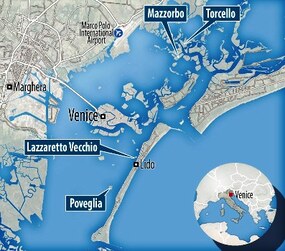
The island is known for its macabre past and, supposedly, locals call it an “island of ghosts” and believe it is haunted by unhealthy spirits. Poveglia's a dark reputation evolved from a history of death and drama. Venetians tend to be superstitious about the island and call it as a purgatory for evil. One local saying goes: "When an evil man dies, he wakes up in Poveglia" Location map: The Islands of Poveglia and others
Photo source: www.dailymail.co.uk/travel
Let’s find out why.
THE HAUNTED ISLAND OF GHOSTS
Isola Poveglia is believed to have been inhabited even before a group of pre-Italians called Euganei, came there as early as 2,000 BCE. The location was first mentioned in print in the early fifth century [421 AD] as a safe location during invasions by Alaric the Goth and Attila the Hun during the decline of the Roman Empire. The islands in the Venetian Lagoon are numerous and easy to defend, so the invaders’ military forces left them alone.
Photo source: www.businessinsider.com/haunted-island
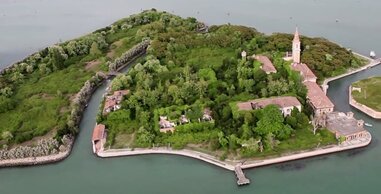
One source indicates it was as far back as the 6th century, the Romans sent victims of the Justinian plague to Poveglia to die in isolation.
Despite the established fact that hygiene was very important to the Romans, and it is very possible the Romans did exile diseased people into quarantine, I didn’t find any corroboration for the Romans being the first to quarantine diseased people on Poveglia. Most historians prescribe to the belief that the Venetians, not the Romans, developed the concept of facilities designed for the quarantine of ill and potentially ill people. Lazzaretto Vecchio, a small island in the lagoon, was home to the first of these institutions, but Poveglia is the best known.
Back to the Haunted Island. In the 9th century the Doge of Venice [the provincial governor] was killed, and an estimated two hundred of his slaves fled to Poveglia and settled there. With the fall of the Roman Empire, the island population began to grow until the location became important enough to be governed by the equivalent of a chief magistrate of a city state -- In other words, a mayor or local administrator -- under the Doge. Up to that point, it was a normal Venetian city.
When war with Genoa broke out in 1379, the residents of the island were moved to a different islet so the Doge could build a fort at this a strategic location in the lagoon and establish a military outpost.
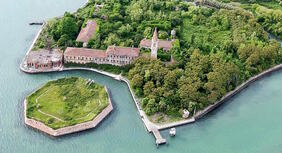
At about the same time in history, the crest of the Bubonic Plague arrived in Europe, one of the most devastating pandemics in human history. The disease, which takes on several forms of plague, resulted in the deaths of an estimated one to two million people, as much as 60 percent of the European population. Traveling with traders, the illness moved from Asia, primarily along the Silk Road, and peaked in Europe from 1347 to 1351. (See note at end)
The octagon served as a fort when a naval post Photo Source: factinteres.
With no cure for the highly contagious Black Plague, bacterial Yersinia pestis, the dead body count rose quickly. In an attempt to isolate the ill, Poveglia became a place to quarantine them and dispose of dead bodies. Thousands were dumped into Plague Pits and burned. Speculation leads historians to believe many people who didn’t have the deadly disease were shipped off to the island of rotting corpses just in case
“The sick lay three or four in a bed … Workers collected the dead and threw them in the graves all day without
a break. Often the dying ones and the ones too sick to move or talk were taken for dead and thrown on the
piled corpses.” __ Rocco Benedetti, 16th-century Venetian chronicler
Eventually, the wave of black death diminished. There were periods of time when the island was uninhabited, probably between several widespread bouts of pestilence which peaked again in the 1570s and 1630s. Each time, Poveglia and other islands served as quarantines and mass burial grounds. Dead and almost dead bodies were shipped there in barges. Speculation claims that around 160,000 bodies were disposed on this island alone since 1379.
In 1777, the Magistrate of Health took control of the island and turned it into a checkpoint. Any boat or ship heading into Venice needed to pass inspection. In the 1790s, two ships failed and again the island became a temporary quarantine colony. The hospital was closed in 1800, but in 1805, under the rule of Napoleon Bonaparte, it became a permanent quarantine facility. Some resources contend that Napoleon for storing weapons there. The location was discovered, and many small battles took place as the island claimed even more lives.
Today, rumor has it that human bones still wash up on the beaches from time to time, and fifty percent of the soil is made up of human remains. The remains of thousands of bubonic plague victims have been discovered by archaeologists, and they believe as many as 160,000 people died on the island over the centuries between the 1379 and now … but not all of them died from the plague.
Photo source: ksscensorthis.com/haunted-island-of-poveglia
THE MAD DOCTOR
By 1922, the location had been converted to a mental hospital where at least one doctor is known to have experimented with lobotomies on patients, looking for a cure for insanity. He is believed to have used crude tools like hand drills, chisels, and hammers. It is also rumored he tortured patients in the bell tower.
TheGypsyThread.org says that “Believers of the story say that after many years of performing these unspeakable acts of human depravity, the doctor also began to see the ghosts his patients had so long reported. It is also said that those spirits led him to the top of the bell tower where he jumped or was thrown by a supernatural force to the ground below. Yet, the fall did not kill him. Instead, he remained alive but immobile and in immense pain until a sickly mist poured forth from the land and slowly choked the life from his injured body.” www.thegypsythread.org/poveglia
THE FINAL DAYS
In the mid-twentieth century, the hospital was converted to homes for the elderly, but that was closed somewhere between 1968 and 1975. Convalescent homes for seniors are unpopular enough even when they are nice and new. Imagine how you would feel if your kids sent you off to live in a converted mental hospital surrounded by burial pits from the Black Plague?
The next endeavor was to use the island for agriculture, but apparently that didn’t succeed either.
Because of the island’s reputation, it is hard to tell if the bits of recent urban lore are true, exaggerated, or speculative. Here are a few tales of the haunted island.
“In recent years, Italian construction crews attempted to restore the former hospital building, but abruptly stopped
without explanation, leaving locals to speculate that they were driven away by the island’s dark forces.”
https://ksscensorthis.com/2250/uncategorized/the-haunted-island-of-poveglia-warning-this-is-scary-stuff/
“In 2016, five people from Colorado were rescued by Italian firefighters after they decided to spend the night on
the famous haunted island of Poveglia, the location of the upcoming movie The Plague Doctor. They reached the
island through a water taxi and decided to stay for the night, but as soon the darkness took over a presence
started to haunt them, making them scream for help. A sailboat in the area overheard them and called the Italian
authorities that came to their rescue.” https://www.atlasobscura.com/places/poveglia-plague-island
“The Italian government has tried several times to generate interest in the island. A family recently sought to buy
the island and build a holiday home on it but they left the first night there and refused to comment on what
happened. The only fact that we do know is that their daughters face was ripped open and required fourteen
stitches.” https://ksscensorthis.com/2250/uncategorized/the-haunted-island-of-poveglia-warning-this-is-scary-stuff/
In May of 2014 businessman and president of basketball team Reyer Venezia Mestre, Luigi Brugnaro, acquired at auction a 99 year leasehold for the island, outbidding a Venetian conservation group which immediately petitioned the government to overturn the lease. By June of the same year, the government had annulled the sale as a result of public and governmental intervention, indicating it would be a “waste of public resources” to sell it for that small amount in the face of Italy’s financial crises.
In 2019, the conservation organization, Poveglia Per Tutti, is alive and well, and still fighting to turn the island into a public resource. Architect Lorenzo Pesola, one of the spokesmen for the organization, says
“…there’s little basis to the lurid supernatural tales that have trivialized much of the reporting of the Poveglia
auction in the foreign media – a handful of plague victims lie here … not the ‘hundreds of thousands’ of popular
myth; and the mad doctor who supposedly carried out experiments on elderly patients is a fiction.”
https://www.privateislandnews.com/italy-worlds-most-haunted-island-sold-at-auction-questions-over-future-remain/
However, the fate of the island is still undetermined.
WHAT IS STILL THERE
The surviving buildings on the island consist of a shelter for boats, a church, a hospital, an asylum, a bell-tower and housing and administrative buildings for the staff. The bell-tower is the most visible structure on the island, and dates back to the 12th century. It belonged to the church of San Vitale, which was demolished in 1806. At one point the tower was re-used as a lighthouse.
https://www.historicmysteries.com/poveglia-island-venice-italy/ Photo Source: www.atlasobscura.com/poveglia
MY QUESTION IS WHY?
For a locale supposedly forbidden to everyone, there are a lot of photographs available. Just sayin’.
When looking into the topic of scary places, abandoned mental hospitals tend to be at the top of this list. Perhaps that’s because most people have no experience with them or have a bad experience. At minimum, they’ve seen a movie or TV program which caste such hospitals in a less-than-appealing light. We associate them with evil and sinister happenings. No doubt, in the past some pretty awful things happened in them.
Some of these abandoned hospitals [and old prisons] have such reputations they’ve become tourist attractions. In those cases, I understand why the locations have been left in such derelict condition … maybe even staged to give the tourists some bang for their buck. The following are examples of other locations.
Photo source:www.mirror.co.uk/mental-asylum Photo source: allthatsinteresting.com/Willard Source: www.historicmysteries.com/poveglia
Elsewhere in the lagoon, the remains of the Insane Asylum on San Servolo Island are preserved as a museum dedicated to the history of Venice’s plague islands and asylums. However, in the case of Proveglia Island, which is off limits to everyone, why would the powers-that-be leave the facility full of obsolete, decayed equipment and furniture inside?
That, more than anything, is the creepy part. The photographs above show how the Poveglia facilities looks in the 21st century.
Note: In this blog I use the terms Black Death, Bubonic Plague (Yersinia pestis), and Black Plague interchangeably. It had been the theory since the 19th century that they are the same, but since the 1980s scientists have questioned this. If I turn out to be wrong, I apologize, but either way, it has no bearing on the article.
Sources:
https://factinteres.ru/povelya-odno-iz-samyh-zhutkih-mest-na-planete
https://www.livescience.com/29498-plague-helped-destroy-roman-empire.htmlhttps://www.quora.com/Why-is-Poveglia-Island-off-limits
https://www.unbelievable-facts.com/2014/01/there-is-island-near-venice-called.html
https://www.thegypsythread.org/poveglia-island-worlds-evil-places/
https://ksscensorthis.com/2250/uncategorized/the-haunted-island-of-poveglia-warning-this-is-scary-stuff/
https://en.wikipedia.org/wiki/Poveglia
https://www.historicmysteries.com/poveglia-island-venice-italy/
https://www.ranker.com/list/creepy-facts-about-poveglia-the-italian-black-plague-island/cheryl-adams-richkoff
https://www.atlasobscura.com/places/poveglia-plague-island
https://www.huffpost.com/entry/poveglia-island-like-hell
https://www.interrail.eu/en/trip-ideas/recommended-routes/classic-routes/dark-tourism-places-europe
https://www.privateislandnews.com/italy-worlds-most-haunted-island-sold-at-auction-questions-over-future-remain/
https://planetsave.com/2013/11/11/poveglia-island-asylum-ghosts-plague-history/
http://www.ancientpages.com/2016/01/21/mystery-of-the-bloody-island-poveglia-a-place-of-hell-in-ancient-and-modern-times/
https://www.history.com/topics/middle-ages/black-death
https://en.wikipedia.org/wiki/Black_Death
https://s.telegraph.co.uk/graphics/projects/venice-poveglia/index.html
https://mysteriousuniverse.org/2015/03/the-evil-island-of-italy/
https://www.scientificmystery.com/no-one-can-dare-to-visit-poveglia-island-it-is-really-haunted/
https://www.youtube.com/watch?v=ivI2kDu19Nc
Black Death / Bubonic Plague
https://www.newscientist.com/article/mg17223184-000-did-bubonic-plague-really-cause-the-black-death/ (2001)
https://www.eurekalert.org/pub_releases/2002-04/ps-mbd041102.php (2002)
https://www.sciencedaily.com/releases/2002/04/020415073417.htm (2002)
https://www.nature.com/scitable/blog/viruses101/could_the_black_death_actually (2013/Ebola-like virus)



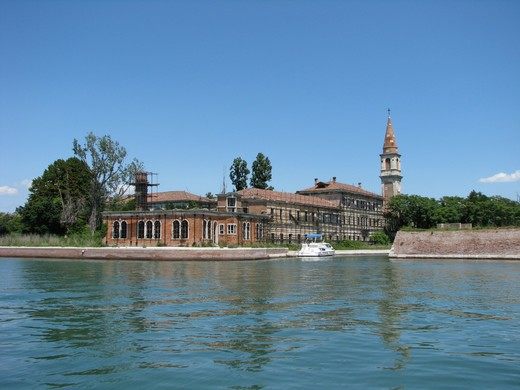
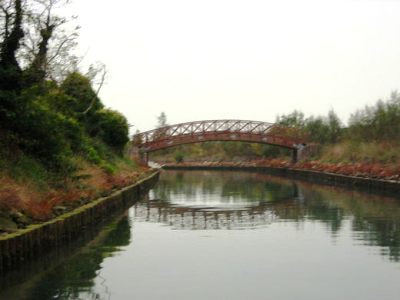
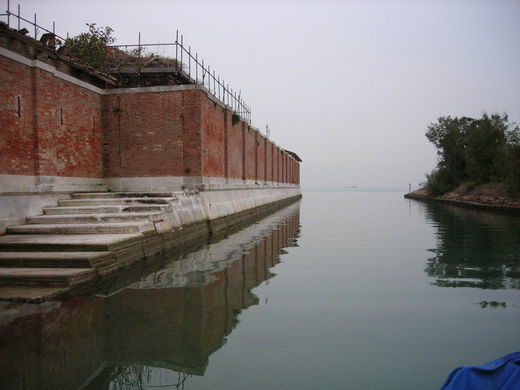




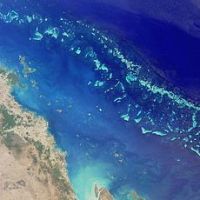
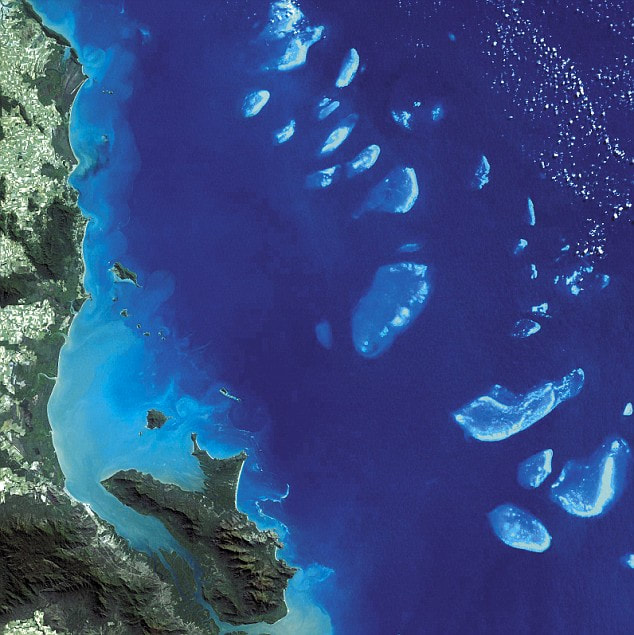
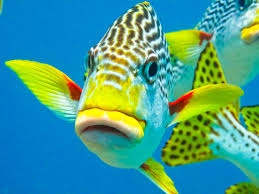

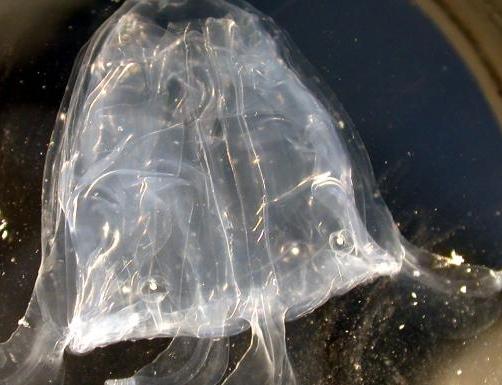

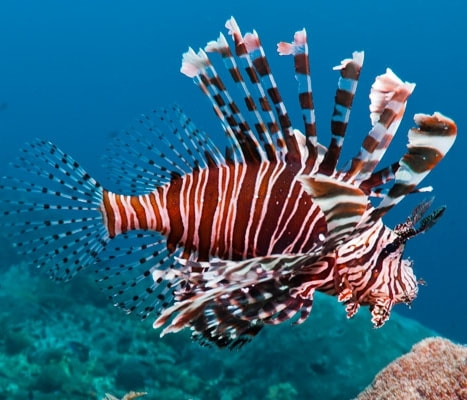
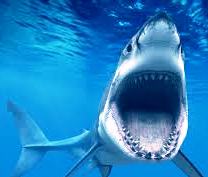
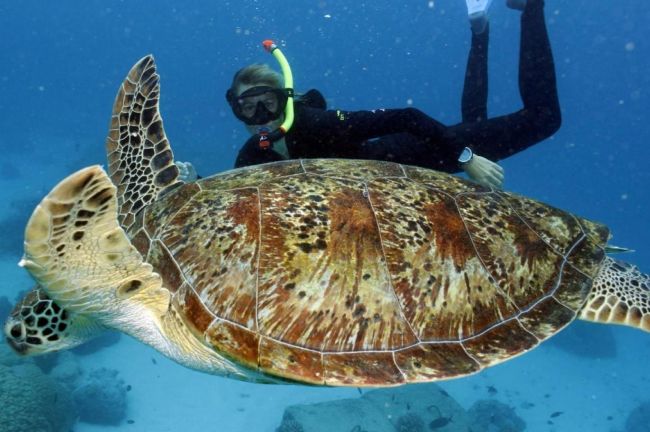
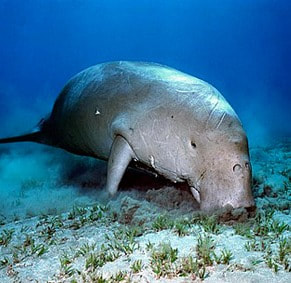
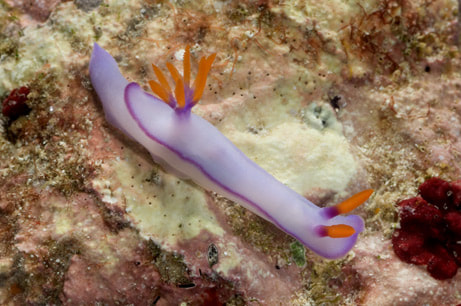




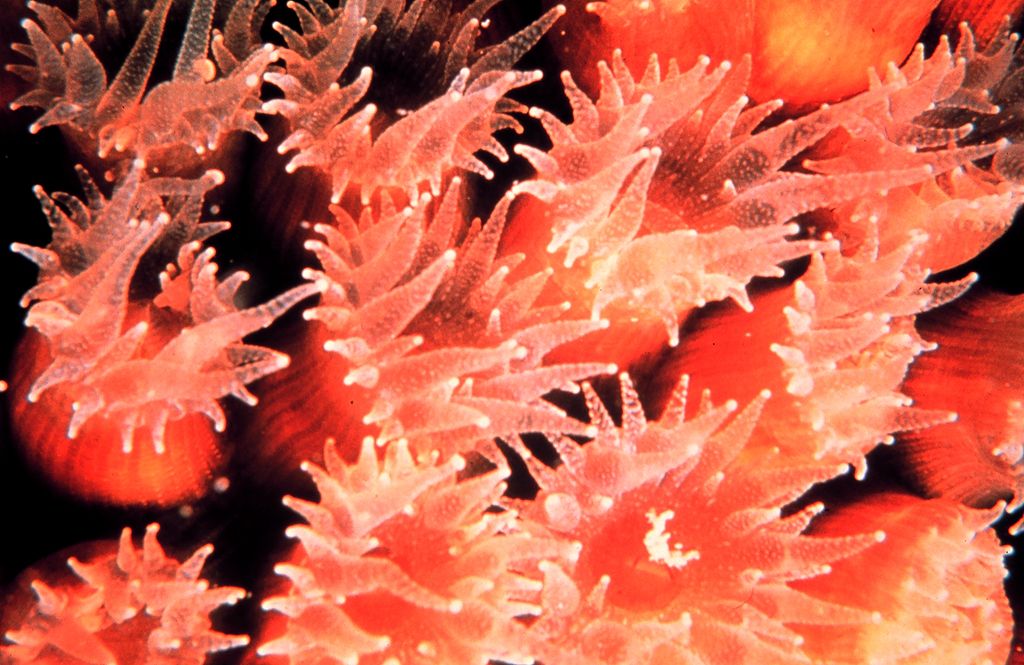



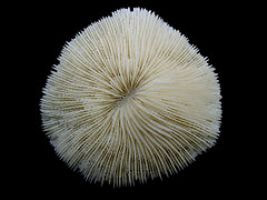

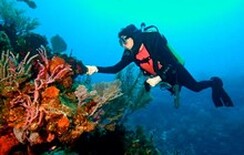

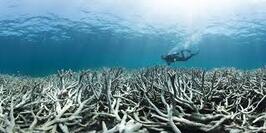
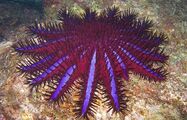
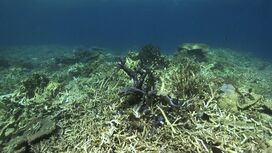

























 RSS Feed
RSS Feed